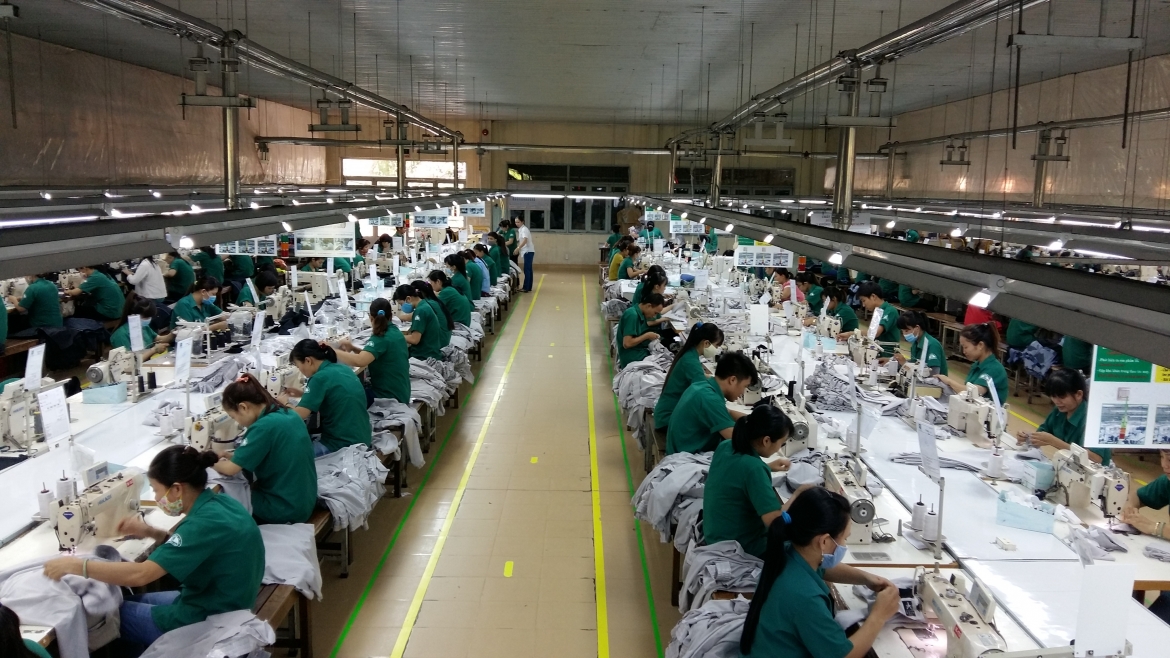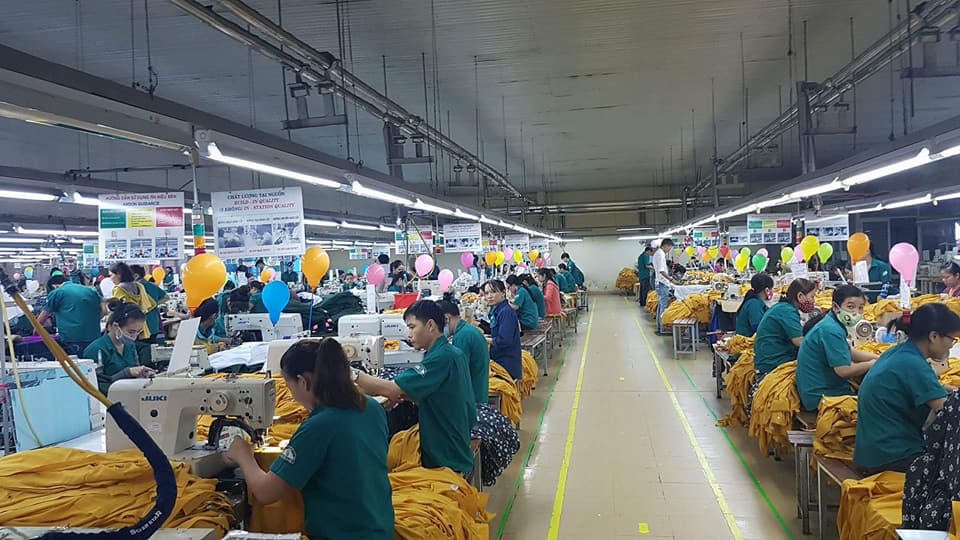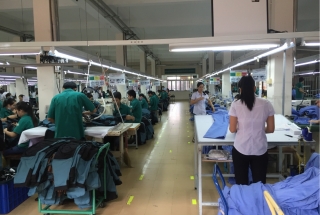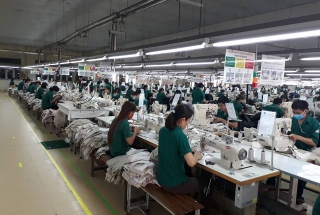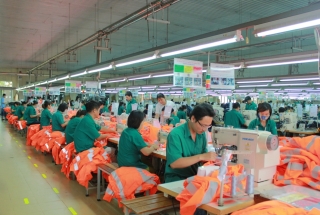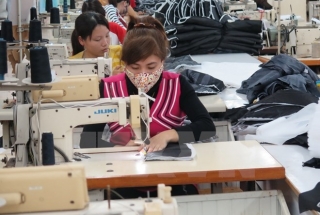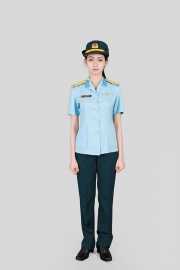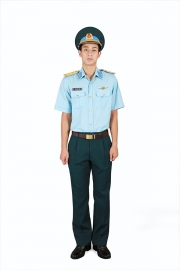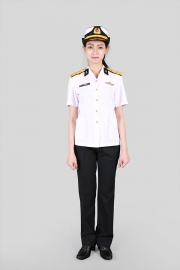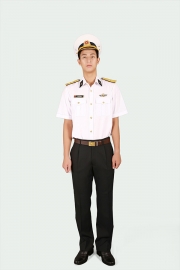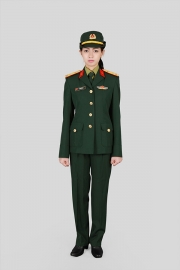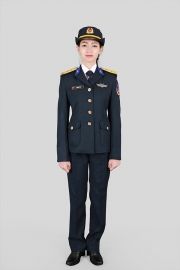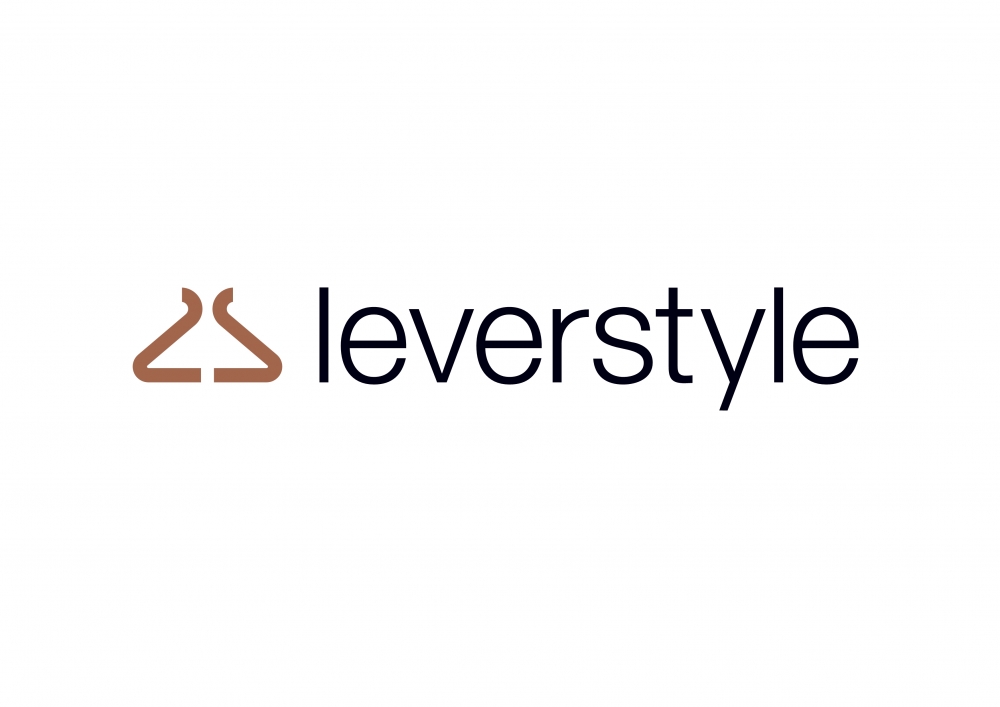Vietnam textile and garment should be in the direction of buying raw materials, semi-finished products
Garment enterprises need to shift their business method from outsourcing to raw materials and semi-finished products.
Textile and garment capital is the main export item of Vietnam, in the context of economic integration, the textile and garment industry will have to meet the strict requirements of origin. But at present, the biggest shortcoming of Vietnamese garment in the supply chain is the supply of raw materials and auxiliary materials.
Therefore, in order to meet the origin requirement, the textile and garment industry in Vietnam needs to invest in textile and dyeing industries as well as strengthen the link between yarn, textile and garment sectors, forming supply chains. Mechanical, link supply under market principles from yarn - fabric - sewing.

It is necessary to have preferential credit policies to purchase raw materials and garment materials produced by Vietnam.
Ths. Do Kim Chi, Research Institute of Trade (Ministry of Industry and Commerce), said that the management agencies should coordinate with industry associations to promulgate policies to encourage garment enterprises, Processing to purchase raw materials, semi-finished products.
Specifically, it is necessary to have preferential credit policies to buy raw materials and auxiliary materials produced by Vietnam. In addition, it is necessary to stimulate investment in specialized equipment, to support business manpower training, technical, promotion and direct customer development. This not only increases the surplus value but also the driving force. Promote the development of supporting industries.
Ths. Do Kim Chi also pointed out that textile and garment enterprises need to understand the content of their product commitments in terms of tariffs, rules of origin, technical measures and preventive measures. Defense (anti-dumping, anti-subsidy).
In addition, it is necessary to assess the impact of commitments on business activities of enterprises as well as partners and competitors.
In addition, the State and authorities should have specific guidelines on tax regulations, customs and standards of FTAs to help Vietnamese garment enterprises make good use of opportunities. Exports, with tariff preferences, help textile firms integrate successfully.
| Currency | Buy | Sell |







